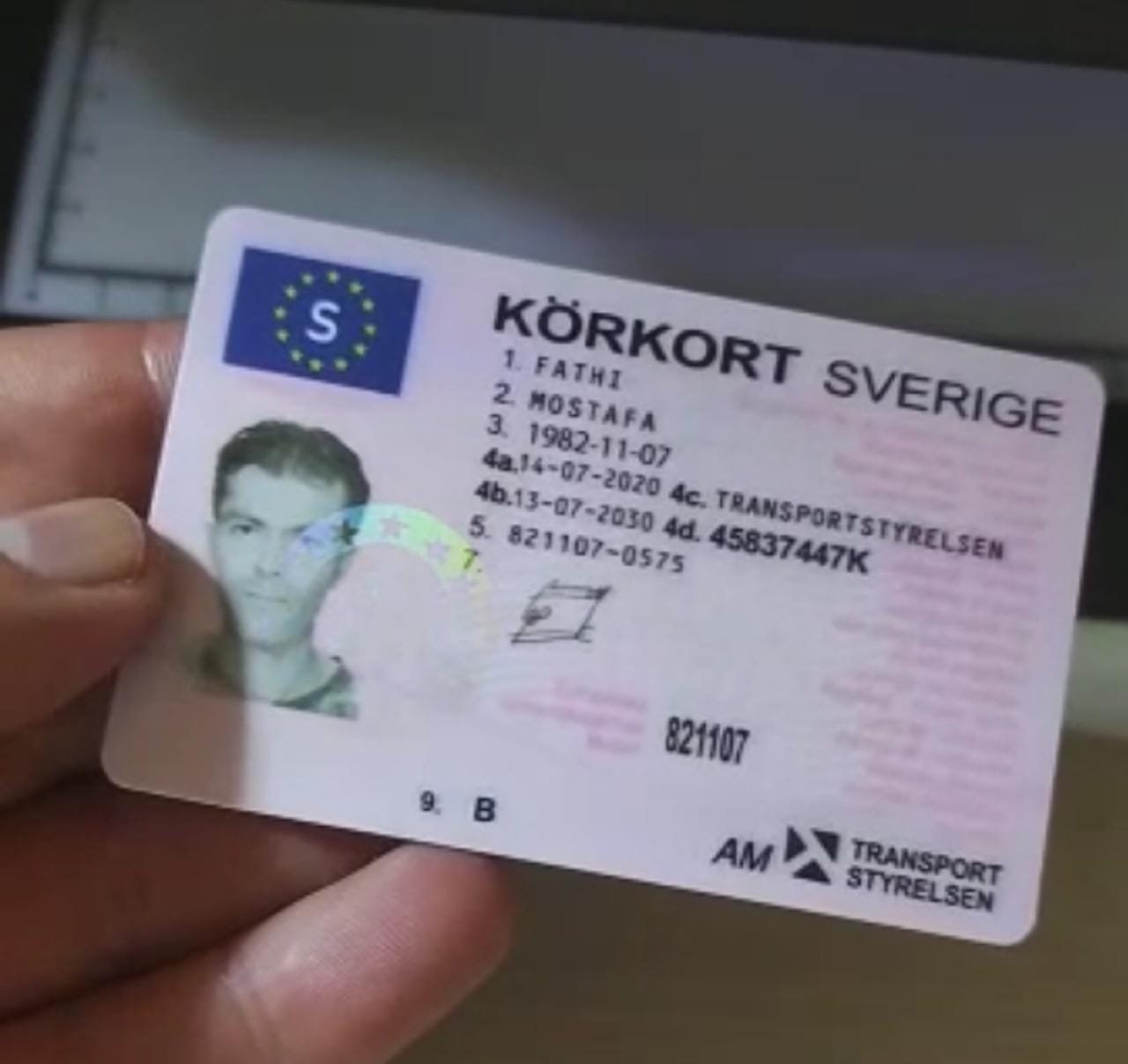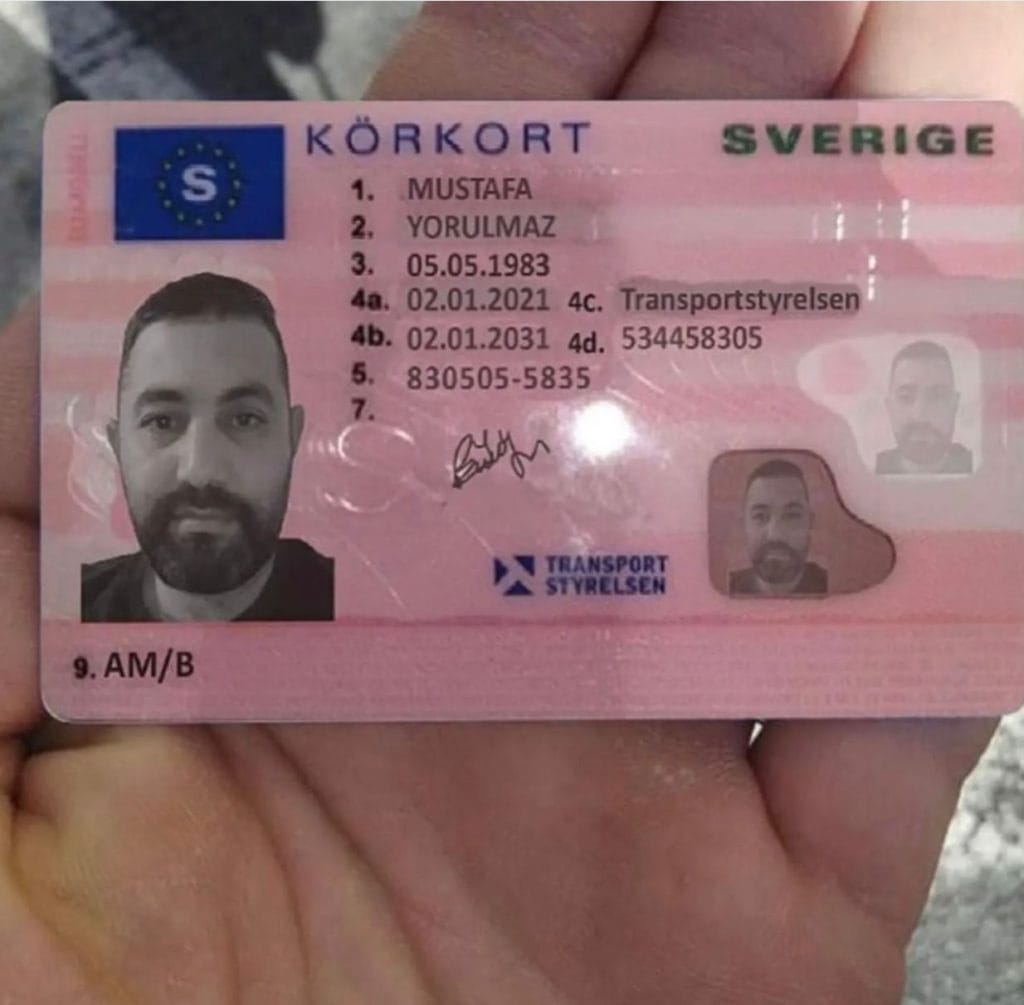댓글 0
등록된 댓글이 없습니다.

Driving is a basic skill for lots of, using the freedom to take a trip where and when you desire, typically making life more practical and satisfying. Nevertheless, getting a driving license is a process that requires understanding, patience, and adherence to legal procedures. This guide intends to supply a detailed introduction of the actions one must follow to legally acquire a driving license, highlighting crucial factors to consider and often asked questions to ensure a smooth and hassle-free experience.

Before diving into the application process, it's crucial to comprehend the basic requirements and kinds of driving licenses readily available. Driving laws differ substantially from country to country, and even within different states or provinces within the same nation. Typically, there are several kinds of driving licenses, including:
The primary step in acquiring a driving license is to research the particular requirements in your location. Go to the main website of your regional Department of Motor Vehicles (DMV) or comparable company to discover comprehensive details about the licensing procedure, including age restrictions, required documents, and fees.
Each jurisdiction has its own set of documents that must be submitted to make an application for a driving license. Typically required documents consist of:
Many states and nations require new chauffeurs to finish a driver's education course. These courses are designed to teach the rules of the road, traffic laws, and safe driving practices. They can be finished online or in a classroom setting and typically consist of both theoretical and practical components.
When the needed paperwork is ready and the driver's education course is completed, the next action is to use for a learner's authorization. This usually involves visiting the DMV or sending an application Snabbt körkort online. You will likewise need to pass a written test that covers traffic laws and driving knowledge.
With a student's license, you can begin practicing driving under the guidance of a certified adult. This is a crucial step in constructing your self-confidence and abilities behind the wheel. It's likewise essential to acquire experience in various driving conditions, such as night driving, highway driving, and driving in harsh weather condition.
After acquiring enough driving experience, you can schedule a driving test with the DMV. The test will examine your ability to securely operate a car and follow traffic laws. You will require to bring an effectively registered and insured car to the test, and the inspector will evaluate your driving skills on a predetermined route.
If you pass the driving test, you will generally get a provisional license. This license might include restrictions, such as a curfew or a limit on the number of travelers you can have in the vehicle. These restrictions are designed to reduce the risk of mishaps and assist new drivers adjust to the road.
Once you have held a provisional license for the required duration and satisfied any extra requirements, you can update to a complete driver's license. This process generally involves a simple application and may need a retest or extra paperwork.
A: The minimum age varies by jurisdiction. In the United States, it typically ranges from 15 to 16 years of ages. In the UK, the minimum age is 17. Examine your local DMV site for specific information.
A: Some jurisdictions permit you to complete parts of the application procedure online, such as submitting kinds and scheduling tests. Nevertheless, you will generally require to visit a DMV office in individual to send needed files and take the driving test.
A: If you stop working the driving test, you can normally retake it after a particular period. This period varies by area, however it is often a few weeks. It's a great idea to practice more before retaking the test to improve your opportunities of success.
A: No, a learner's license generally needs you to be accompanied by a certified grownup, usually over 21 years of ages, who is seated in the front guest seat.
A: Yes, a lot of jurisdictions require a vision test to make sure that you can securely run an automobile. You can generally take this test at the DMV or with an authorized eye doctor.
A: The time needed to acquire a full driver's license varies depending on your jurisdiction and the specific actions involved. Normally, it can take a number of months, consisting of the time needed to finish a driver's education course, hold a student's authorization, and pass the driving test.
A: It depends on the limitations put on your provisionary license. Some provisionary licenses permit you to drive for work, while others may have particular restrictions. Check your license for information or get in touch with the DMV for clarification.
A: A learner's permit is the first phase of the licensing procedure and permits you to drive just under guidance. A provisionary license, on the other hand, grants you more driving benefits but may still have some restrictions, such as a curfew or traveler limits.

A: No, you generally need a full driver's license before requesting a CDL. A CDL is a customized license that needs additional training and testing, and it is just provided to those who have actually shown the ability to securely run a basic lorry.
A: If you lose your driving license, you ought to report it to the DMV and apply for a replacement. You may need to supply evidence of identity and pay a charge. It's also an excellent concept to alert your insurance coverage company and any other relevant parties.
Acquiring a driving license is a substantial turning point that opens up new chances and increases self-reliance. By following the steps laid out in this guide and remaining notified about local laws and requirements, you can make sure a smoother and more effective licensing procedure. Remember that driving is a serious duty, and putting in the time to learn and practice is essential for your security and the safety of others on the road.
0등록된 댓글이 없습니다.